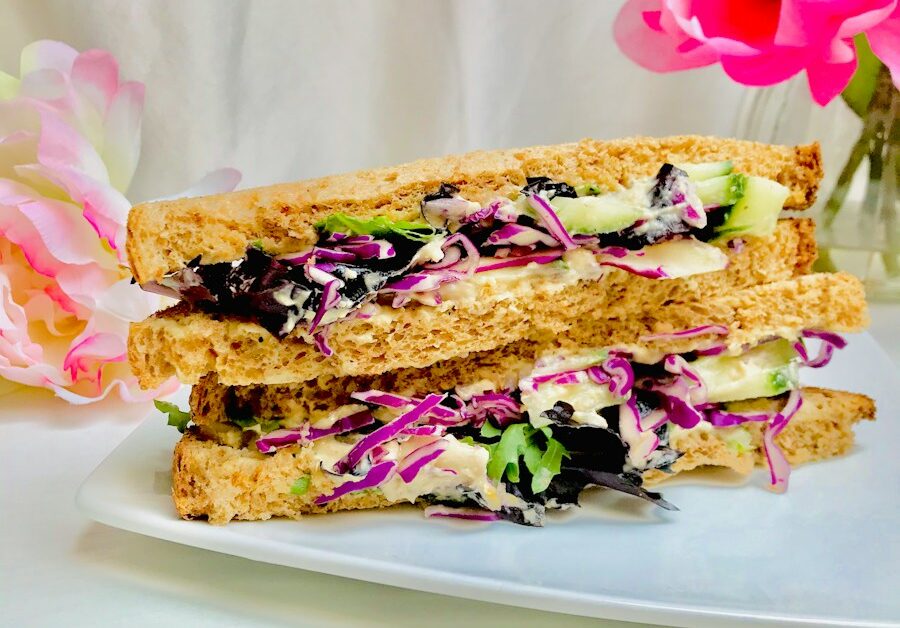Is monster vegetarian?
Introduction
There has been a long-standing debate about whether monsters are vegetarian or not. While monsters are often depicted as carnivorous creatures in popular culture, there are arguments to suggest that some monsters may actually be vegetarian. This article explores the various perspectives on this topic and provides insights into the dietary habits of monsters.
Monsters and their dietary habits
Monsters, as portrayed in folklore, mythology, and literature, are often depicted as fierce and carnivorous creatures. They are commonly associated with hunting and devouring humans or other animals. However, it is important to note that not all monsters share the same dietary habits. Some monsters are indeed carnivorous, while others may have a vegetarian or omnivorous diet.
Evidence of vegetarian monsters
While the majority of monsters are portrayed as carnivorous, there are instances where vegetarian monsters have been depicted in various cultures and works of fiction. These examples challenge the notion that all monsters are inherently meat-eaters:
- The Vegetable Lamb of Tartary: In medieval European folklore, the Vegetable Lamb of Tartary was believed to be a plant-animal hybrid. It was said to have a lamb-like body that grew from a plant and fed on the surrounding vegetation. This creature was considered vegetarian, as it derived its sustenance solely from plants.
- The Yeti: The Yeti, also known as the Abominable Snowman, is a legendary creature believed to inhabit the Himalayan region. While it is often associated with hunting and survival in harsh environments, there have been accounts suggesting that the Yeti may have a vegetarian diet. Some researchers believe that the Yeti primarily feeds on plants, such as bamboo shoots, berries, and roots.
- The Ents: In J.R.R. Tolkien’s “The Lord of the Rings” series, the Ents are tree-like creatures that possess sentience and the ability to communicate. These creatures are portrayed as protectors of the forest and have a deep connection with nature. As tree-like beings, the Ents are inherently vegetarian, drawing their sustenance from sunlight and water.
Factors influencing monster diets
The dietary habits of monsters can be influenced by various factors, including their physiology, environment, and cultural context. Here are some factors that may contribute to the diet of monsters:
- Physiology: The physical characteristics of monsters can play a significant role in determining their dietary preferences. For example, creatures with sharp teeth and claws are more likely to be carnivorous, as these adaptations are suited for hunting and consuming meat.
- Environment: The environment in which monsters reside can also influence their diet. Monsters living in regions abundant with plant life may have easier access to vegetarian food sources, while those in barren landscapes may rely more on hunting for survival.
- Cultural context: The cultural context in which monsters are depicted can shape their dietary habits. For instance, in cultures where meat consumption is prevalent, monsters may be portrayed as carnivorous to reflect societal norms and fears.
Conclusion
While monsters are commonly associated with carnivorous tendencies, there are instances where vegetarian monsters have been depicted in folklore, mythology, and literature. The dietary habits of monsters can be influenced by various factors, including their physiology, environment, and cultural context. Understanding the diverse dietary habits of monsters adds depth to their characterization and challenges the notion of a universal monster diet.
